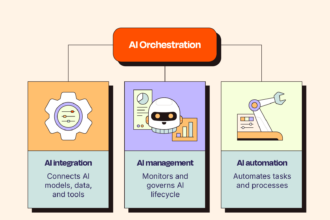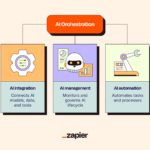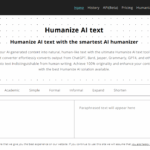In this article, I will discuss the How ChatGPT Works Technically. At its core, ChatGPT is a smart text-making robot that guesses each next word by looking at what came before.
Built on the Transformer blueprint and fed oceans of example sentences, it runs tricky math to figure out what to say in reply. Ill keep the tech talk light so the story stays easy to follow.
What is ChatGPT?
ChatGPT is a smart writing robot made by OpenAI that reads what you type and then replies in everyday human language. People use it for chatting, getting quick answers, drafting stories, and tackling all kinds of language jobs.
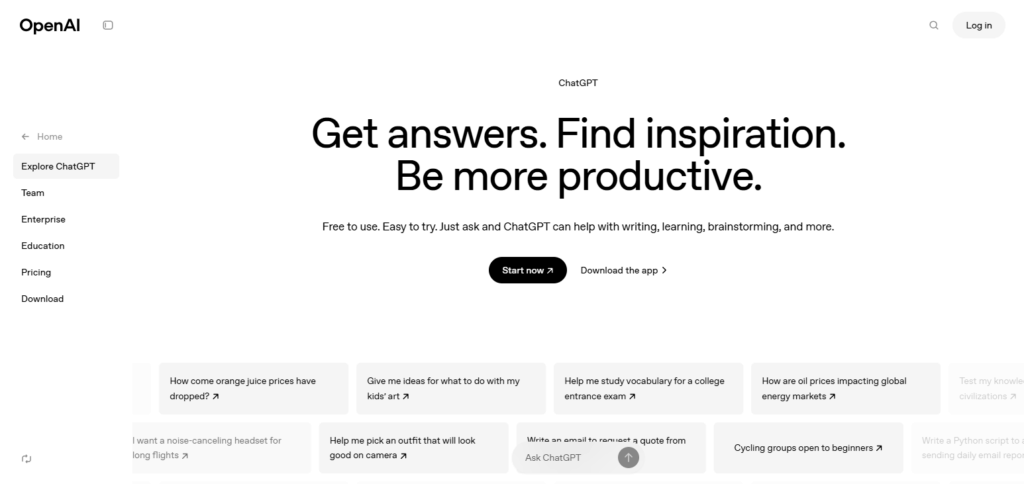
Built on the GPT (Generative Pre-trained Transformer) system, it learns from huge text samples so it can guess the next words and keep the talk flowing smoothly. Because of this strength, businesses drop it into customer help desks, bloggers call it a creative buddy, and hobbyist alike reach out for advice.
How ChatGPT Works Technically
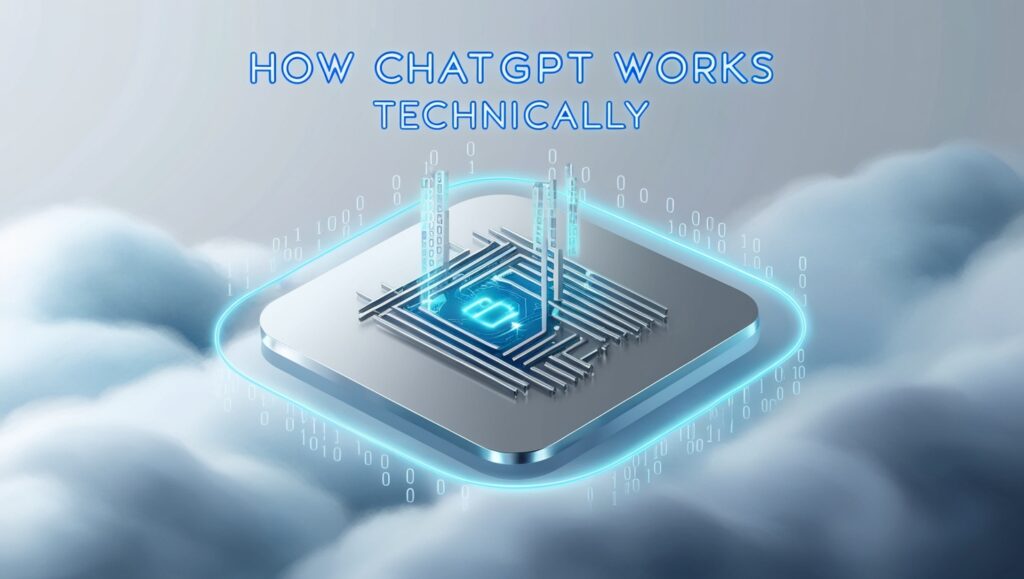
Transformer Architecture
At its core, ChatGPT runs on the Transformer design. This system uses attention layers to spot which words matter most and figure out how they link together.
Pre-training on Large Text Data
Before chatting with anyone, it is fed mountains of text from books, news, and websites. During this stage, it learns grammar, facts, and style by guessing what word comes next.
Tokenization
Every piece of input is sliced into little chunks, or tokens. These bite-sized bits are what the model works with to build a reply.
Autoregressive Text Generation
After it gets the first token, ChatGPT adds the next one and the next one, moving step by step. Each new token hangs on what came before, creating sentences that feel natural.
Fine-tuning with Human Feedback
Engineers then run a second round of training using selected conversations and scores from real people. This Reinforcement Learning from Human Feedback (RLHF) shapes answers to be clearer, kinder, and more useful.
Inference on Powerful Hardware
When you ask a question, the model fires up on fast GPUs or TPUs stacked in data centers. That muscle keeps waits short and lets lots of people chat at once.
Continuous Improvement
Developers keep pushing updates to patch bugs, trim biases, and sharpen the models grasp of tricky topics.
Training ChatGPT: Large-Scale Language Model
ChatGPT started life as a huge language model fed on a mountain of text from books, news articles, blogs, and almost anything else written online.
While that data rolled through the system, the software practiced guessing the next word over and over, tuning in to patterns and clues around each term.
Because no one tagged the data ahead of time, this hands-off method is called unsupervised learning, and it teaches the model grammar, basic facts, and those tricky shades of meaning.
With billions of tiny adjustable knobs-or parameters-it spots deep links inside language and can spit out replies that sound sensible and fit the conversation.
Technical Infrastructure
Behind ChatGPT, a network of sturdy GPUs (Graphics Processing Units) and TPUs (Tensor Processing Units) does the heavy math, powering both training and everyday use. Those chips speed up the deep-learning chores that would take ordinary computers days to finish.
The model sits on cloud servers spread across many data centers, so millions of people can call it up at the same moment without a hiccup. That set-up keeps answers coming in real time while juggling the big resource bill that comes with running a giant AI system.
Tips For safe ChatGPT
Avoid Sharing Personal Information
Never give out details like your full name, home address, passwords, or bank info during chats.
Verify Critical Information
Double-check any important advice or facts with a trusted source before you act on what ChatGPT says.
Be Aware of AI Limitations
Remember that ChatGPT can sometimes miss the mark or show bias; think twice before depending on its answer.
Use Official Platforms
Talk to ChatGPT only on well-known, secure websites and apps so you steer clear of fake or harmful copies.
Report Harmful Content
When the bot spits out something inappropriate or dangerous, flag it so the team can fix the model.
Protect Your Account
Set up strong, unique passwords and turn on two-factor authentication wherever you log in to use ChatGPT.
Limitations and Challenges

Accuracy Issues
Sometimes it hands out facts that are plain wrong or skewed.
Bias in Training
The model can copy the biases already baked into its learning data.
No Live Updates
Anything happening after its last training cut-off simply isnt on its radar.
Context Gaps
Long, tricky questions can leave it puzzled and producing weak answers.
High Compute Cost
Running the model needs beefy servers, which drives up expenses.
Surface-Only Knowledge
It predicts words based on patterns, not because it truly understands.
Potential for Abuse
People can prompt the bot to make shady or harmful text quickly.
Pros & Cons
Pros
Natural Language Understanding: It writes in a style that sounds pretty close to everyday speech.
Versatile Applications: You can plug it into chatbots, blogs, code editors, and much more.
Scalable: Thanks to the cloud, it talks to millions of people at once without breaking a sweat.
Constant Improvement: Frequent updates boost its accuracy, safety, and skill set.
Cons
Occasional Inaccuracy: Sometimes the bot spits out facts that are flat-out wrong or misleading.
Bias in Responses: It can mirror the prejudices that sneak into the data it was taught on.
No Real-Time Updates: Its knowledge stops at the last training cut-off and doesnt fetch news today.
Resource Intensive: Running the model eats power, which can make budgets wince.
Lacks True Understanding: The system guesses next words from patterns, not from real understanding of meaning.
Conclusion
In short, ChatGPT runs on a Transformer-style artificial-intelligence engine, learning from huge piles of text so it can guess and create sentences that sound like people wrote them.
The reason it keeps up with the topic and forms clear replies is that it picks up hidden patterns during that training.
It still needs beefy computers and regular touch-ups, yet the bot is impressive-and, like any tool, not perfect. Knowing this tech backbone helps us value what it can do today and see why scientists keep pushing to make language AIs even better.


